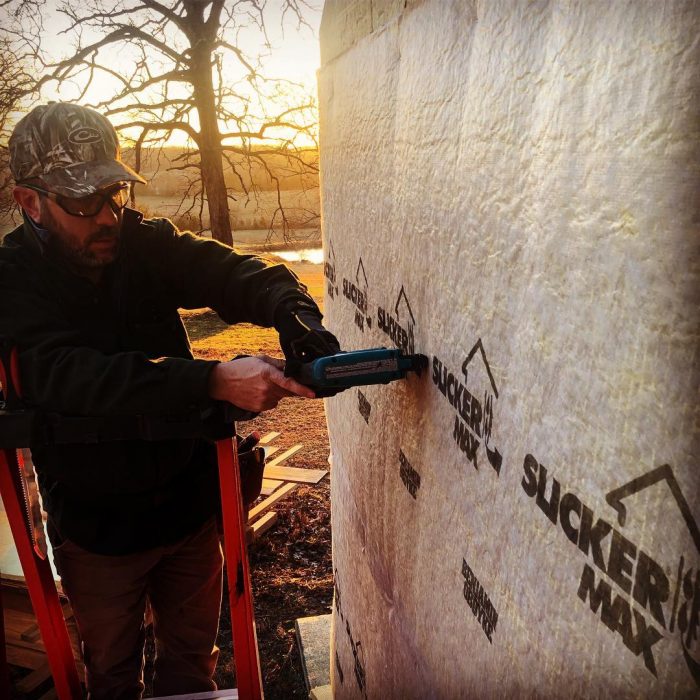
If you ask too many questions about how to install stucco right, you will eventually hear some discouraging anecdotes of what amounts to a conspiracy—builders knowingly installing stucco poorly to save money and hedging their bets against callbacks, warranty claims, and extensive repair work. While it may make for interesting investigative journalism and potentially protect some home buyers, that story is not what we need here to teach builders who really don’t know how to install stucco right.
Cost, however, is an important part of this story. John Koester, Founder of Masonry Technology Incorporated (MTI) told me that he believes that the residential building industry will move away from manufactured products for stucco installation—products like his company’s Sure Cavity rainscreen drainage matt—and adopt site-built assemblies using furring strips. John said he simply cannot price his product at a cost that builders are willing to pay. And it’s not the cost to manufacture the product that is the problem.
“It costs more to market and sell the product than it does to make it,” John said, “Early on I had a potential investor who asked me how much it would cost to notify the entire building industry about our products. I told him that if I had that much money, I’d retire.” John told me that he thinks builders would be willing to pay as much as $.20 per square foot for a rainscreen product to use with stucco. Though the price range varies widely for these products, none of them meet John’s guesstimated $.20 per square foot threshold.
John’s commentary is interesting for a few reasons. Like the rumor of builders knowingly installing stucco wrong, it’s another peek inside the building industry. And it’s interesting because before builders can move away from rainscreen drainage…
Weekly Newsletter
Get building science and energy efficiency advice, plus special offers, in your inbox.

This article is only available to GBA Prime Members
Sign up for a free trial and get instant access to this article as well as GBA’s complete library of premium articles and construction details.
Start Free TrialAlready a member? Log in
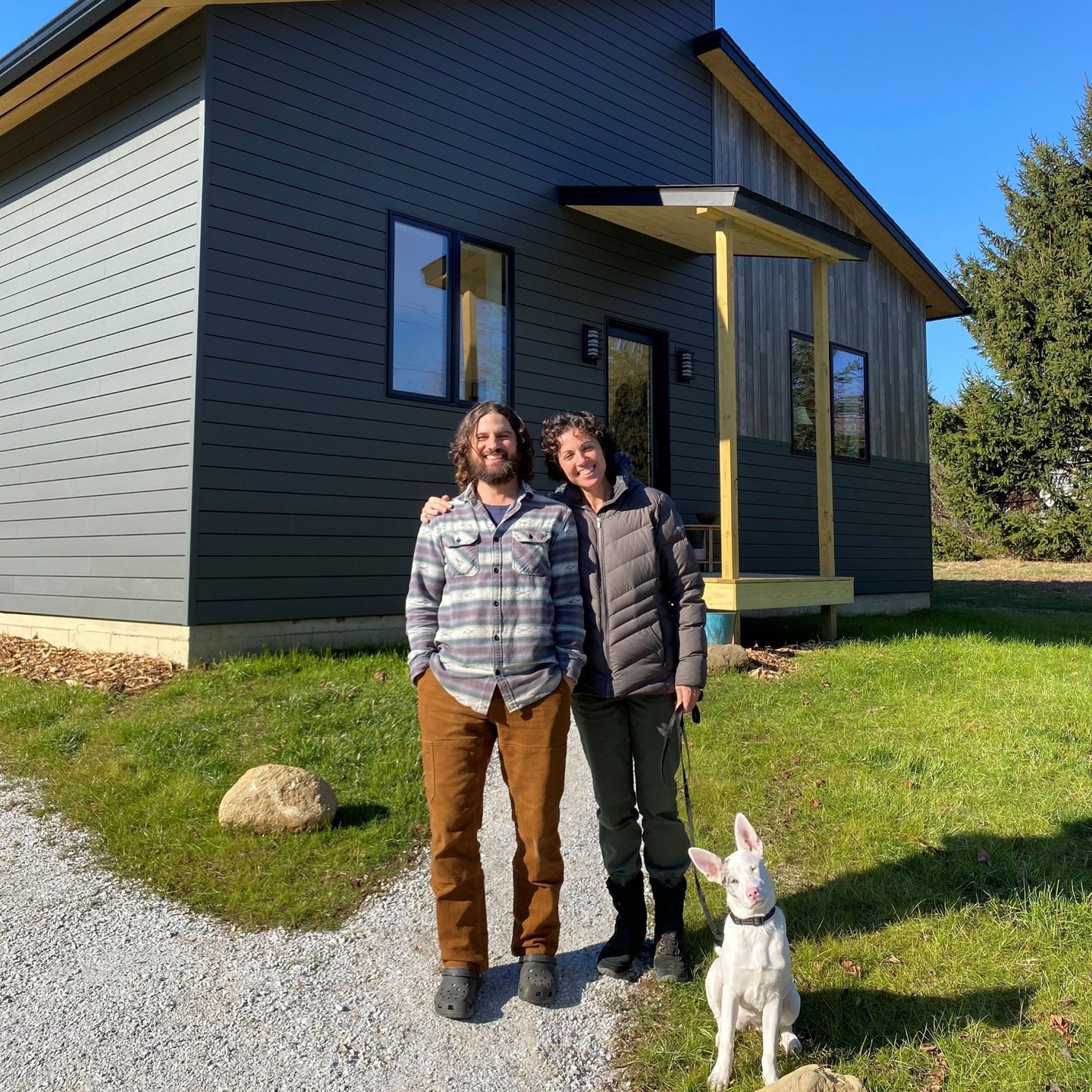




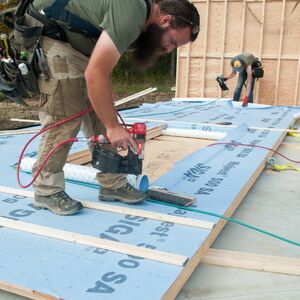
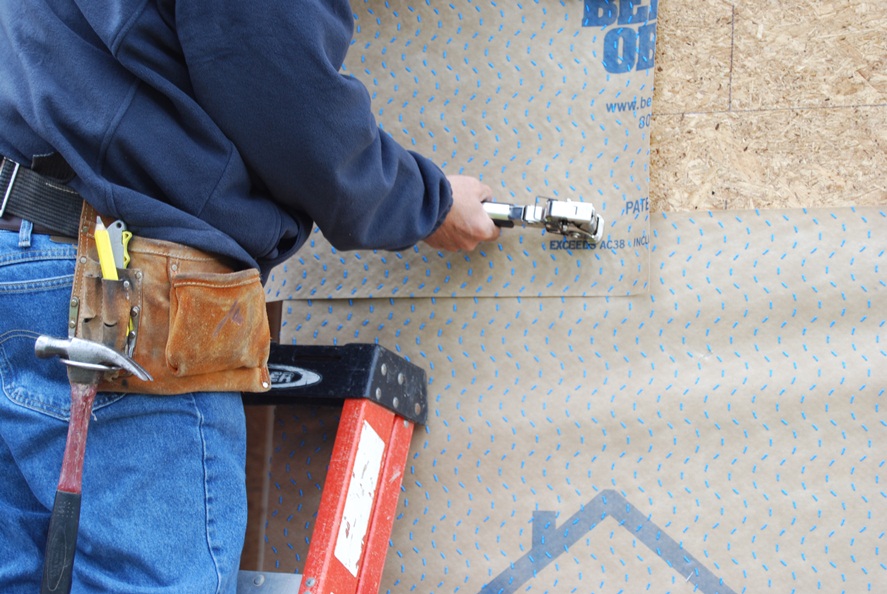
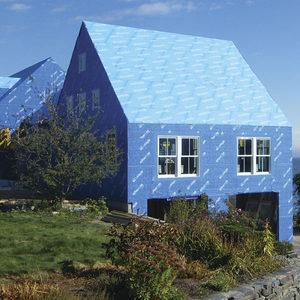







4 Comments
Brian,
Another very useful comprehensive overview.
Stucco virtually disappeared here in coastal BC when it was implicated in the widespread building envelope failures known locally as the "Condo Crisis" - and it hasn't come back.
Mainly this is because of reasons you catalogue, but also partly because best practices now suggest frequent stucco-joints to alleviate cracking, and a similar look can be obtained by using cement-based panels with trim. That system also has the advantage of allowing the joints to be placed where they look best architecturally, as opposed to where the maximum stresses occur.
I don't miss having stucco guys on site. They were by far the messiest sub-trade.
Hey Malcolm ,
Thanks for the perspective.
Christine mentioned that she has talked to many builders who are also moving away from stucco altogether, though she still believes that it is a viable siding option. Either way, some education about how to do stucco right is needed for those who continue to install it.
I should have added that most of the failures were EIFS stucco, but to most people stucco is stucco. When I think back to how we used to install it I'm surprised there weren't more failures here in single family residences. Ah the good old days when none of us cared about the integrity of building envelopes...
I think we need to look to Europe fir better building practices, especially the passive house metric... as I understand it their gaps are 1-1.5 inches with nothing in the way of impeding any moisture or water like all these mats, dimpled, raised, etc .., sounds like marketing to me? how hard is a 1x3 or 1x4 batten?
Log in or become a member to post a comment.
Sign up Log in